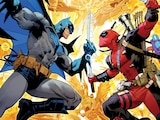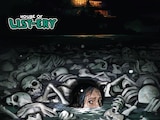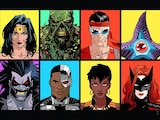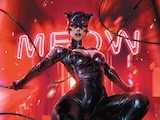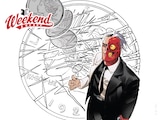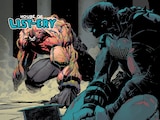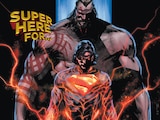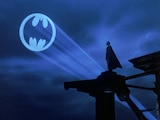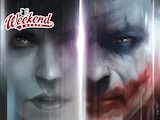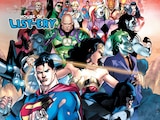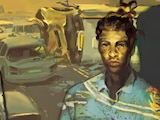Happy 2025! It’s 2:58 AM on January 1st as I write this intro, because I intend to make good on my New Year’s resolutions without delay: to be even more doggedly inquisitive than ever before. I’m Alex Jaffe, better known to the DC Official Discord community as HubCityQuestion, your guide to all the unexplained, unexplored and inexplicable mysteries of the DC Universe. I’m always in the Discord to help you find the answers you need.
What kind of answers might you find? I’ve provided some of the most intriguing cases to cross my desk in the past month here as examples. Stick around and maybe you’ll learn something.
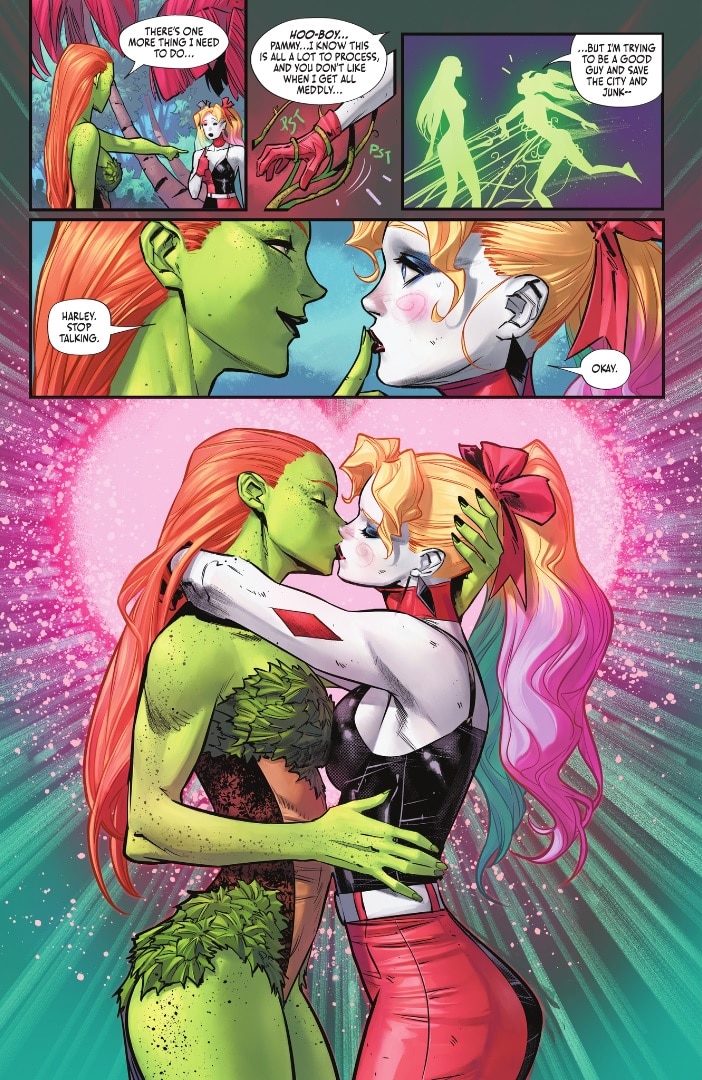
Dragon Moth asks:
When did Harley Quinn and Poison Ivy officially come out as a couple? They've shared a ton of subtext since Batman: The Animated Series, and it was implied in comics like Gotham City Sirens and the New 52 Harley Quinn solo series, and I know their first kiss was in the AU Bombshells, but when was it confirmed in mainline continuity?
Harley and Ivy have come a long way from the nudge-wink “roommate” days of Batman: The Animated Series to Gotham City’s confirmed chaotic queer It Couple. The transition occurred in stages. We got our teases and maybes in books like the New 52 Harley Quinn, and tucked away alternate universe romances like in Bombshells and the Injustice tie-in comics. But we can credit Season 2 of the Harley Quinn animated series with taking the plunge on HarlIvy in 2020.
After that, mainline continuity followed suit, starting with a story about their overtly romantic beginnings in 2021’s Batman: Urban Legends #1. But as a new series, the context for which many didn’t quite understand as necessarily “canon” at the time, it didn’t get much attention as a launching pad for their relationship. A story by Mariko Tamaki and Amy Reeder in DC Pride 2021 then directly addressed this, with Ivy overtly confronting Harley about their relationship status. But as a queer pride anthology story, this too was potentially dismissible by some from “canon.”
The romance of Harley and Ivy finally became undeniable and incontrovertible when it was addressed late in 2021’s Fear State saga, overtly depicting their romantic history in Batman Secret Files: The Gardener, and reuniting the couple in the modern day with Batman #117. They’ve been together, though not necessarily always exclusive, ever since. Free love, baby.
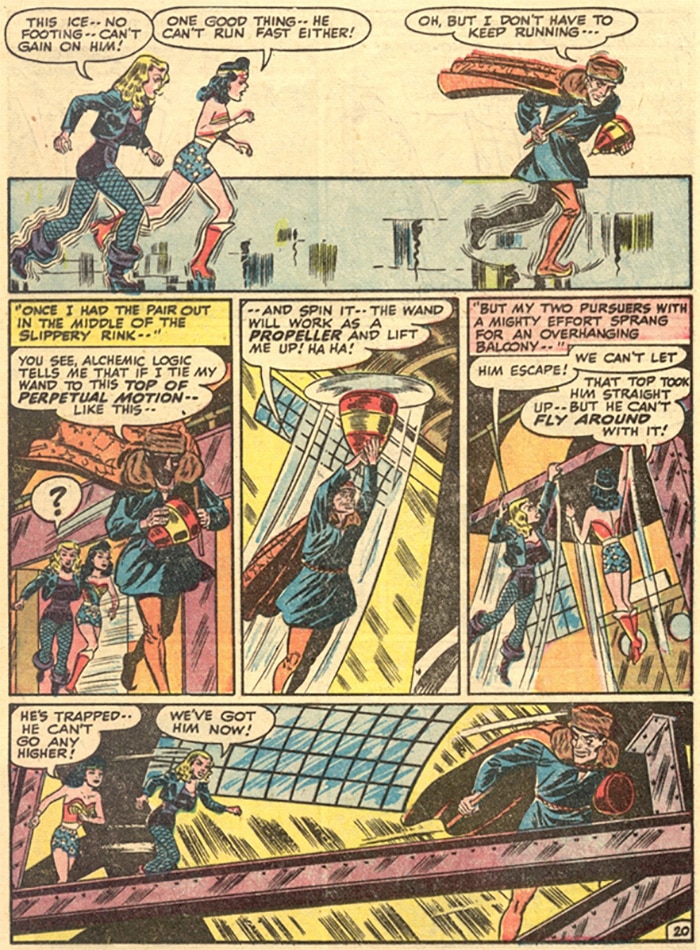
mysterious_stranger asks:
When did Wonder Woman team up with another female superhero for the first time?
These are the kinds of questions I get out of bed for. The answer slightly varies depending on how strict your definition of “team up” is, but the culprit is always Black Canary. The first time the two Golden Age heroines encounter each other at all is in 1947’s All-Star Comics #38, Black Canary’s first adventure with the Justice Society of America. But as Wonder Woman was serving purely in a secretarial position for the JSA at the time, this may not meet your scrutiny as the team up you’re looking for. The first indisputable team up between the JSA’s leading ladies would come in 1948’s All-Star Comics #42 in a scuffle with the Alchemist—aka Zobar Zodiak, “The Man Who Hated Science.”
Comedy Alpha asks:
Where did Cyborg’s famous “booyah” catchphrase come from?
The original “Booyah!” was an improvisation by longtime Cyborg voice actor Khary Payton, in the very first recording session for the Teen Titans animated series. And it almost didn’t make the cut! According to Payton, a producer on the series was under the mistaken impression that “booyah” was a euphemism for drugs. This left Payton with the unenviable task of satisfactorily explaining to some unnamed executive what “booyah” means. Had he been less convincing, we’d be down a signature catchphrase today.
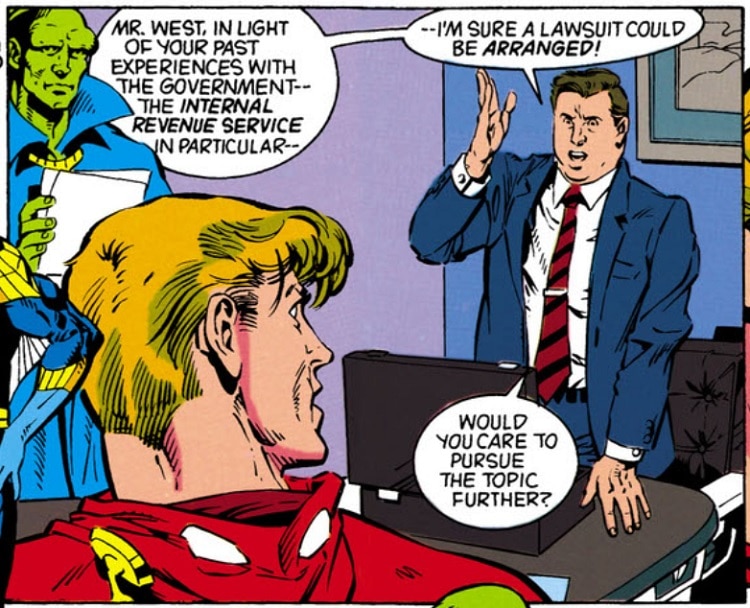
Jurisdiction asks:
I was reading Justice League Task Force when I came across the above panel. This led me to two questions:
1) Does Wally not pay taxes?
2) Does Wally have a public identity? Since when? Is that still the case?
This panel refers back to William Messner-Loebs' run on The Flash, where after winning the lottery and blowing his windfall, Wally West found himself in a massive amount of tax debt he couldn't pay. To rectify this, he temporarily took a job collecting money for the IRS, but left on uneasy terms.
Wally went fully public with his identity pretty much at the very start of his Post-Crisis Flash series, and that remained the status quo on the Flash book for years. It was Geoff Johns who erased Wally's identity from public record, when during his own tenure on the series, Wally made a deal with the Spectre to erase everyone's memory of his identity so that villains like Professor Zoom couldn't take advantage of him again.
Zac asks:
Being on the spectrum myself, I’m curious if there are any officially canon autistic characters?
Hi, Zac. Thanks for being a reader. As a person on the autism spectrum myself as well, I’ll be open and candid with you here: there really aren’t very many canonically identifiable DC characters with autism. DC still has a lot of work to do in neurodivergent representation. Abby Holland (Swamp Thing’s wife), Alix Harrower (The Bulleteer) and Guy Gardner have all worked in education for children with special needs, but have no identified neurodivergences themselves. Amistad, the young son of Rocket, was explicitly identified as autistic in season four of the Young Justice animated series, but never in the comics.
The only prominent DC character who has ever explicitly been identified as autistic in the comics is actually Black Manta. Unfortunately, the stories which approach this subject at all do so with a particularly callous insensitivity. DC strives for greater inclusion with every year, but this is an area where there’s still room for a lot of improvement.
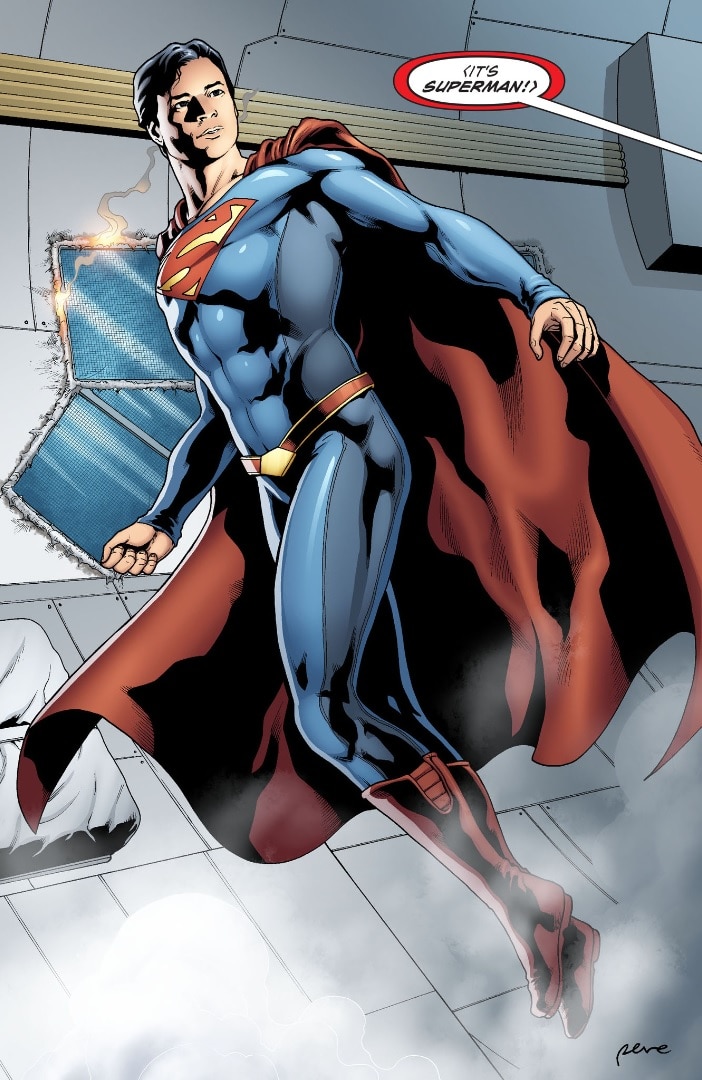
mhy1 asks:
I have a question about the design of the Superman suit in the Smallville Season 11 comic. Anyone know who did that design?
These sorts of details are rarely a matter of public record. So, to answer this one, I went to the source by tracking down writer Bryan Q. Miller for his recollection. Miller told me that, as DC directed him that the Smallville Superman suit should be visibly distinct from any previous Superman suit featured elsewhere, he got to work brainstorming a brand-new look with his art team at the time. Cover artist Cat Staggs took the lead on the design, with additional input from Pere Pérez and Miller himself.
Era asks:
What’s the largest book by number of pages that DC has ever published?
That record is currently held by the massive Blackest Night 10th Anniversary Omnibus, clocking in at 1,664 pages. That includes the nine core numbered issues of the event, and over fifty issues of tie-ins. The whole thing weighs 8.75 pounds. That’s heavier than most newborn babies. I don’t know why that’s relevant, but I thought I should share it.
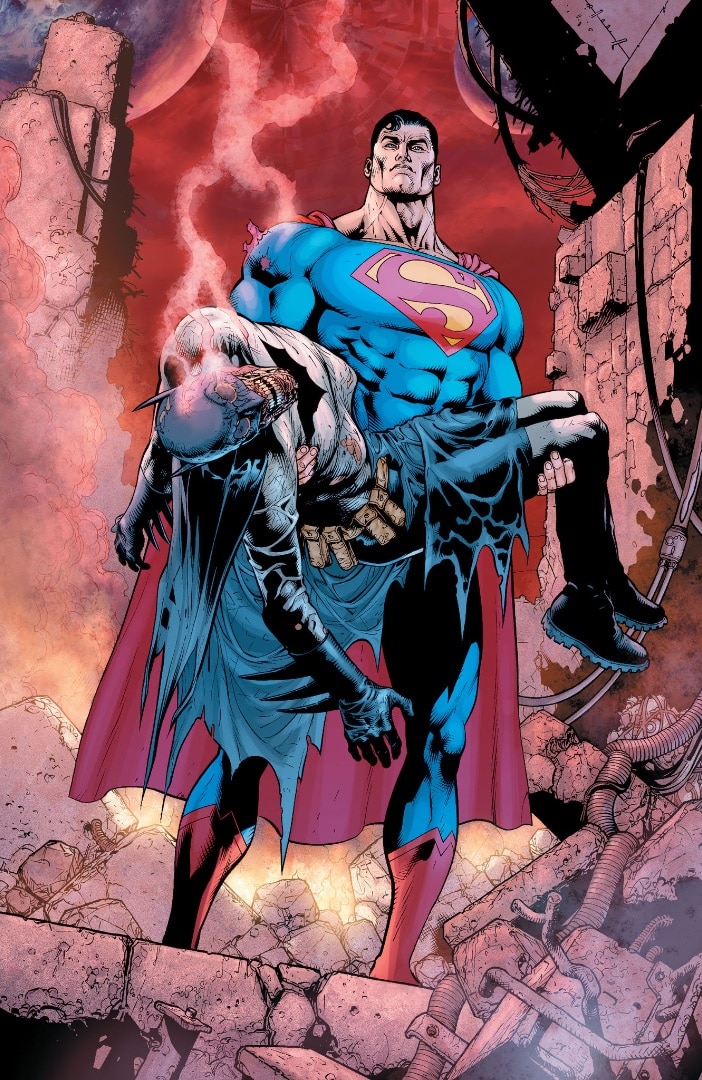
Arcin asks:
Who was the body in the batsuit that died in Final Crisis?
This is a fair question, as the answer is never really explained in Final Crisis itself, and much of the plan for that body must be inferred between Morrison’s Batman Reborn and Bruce’s return to the modern day in Batman: The Return of Bruce Wayne.
The body Superman holds in his arms in Final Crisis is that of a Batman clone, created by Darkseid’s scientists when Batman had been captured earlier in the same event. Using his Omega Sanction, Darkseid replaced Batman with the clone body, sending the real Batman hurtling down the timestream imbued with a living bomb which would unravel the multiverse as he cycled through it. The corpse’s purpose was to convince the world’s heroes there was no Batman who had to be found, even as Darkseid made him the instrument of reality’s undoing. Of course, Batman being Batman, he managed to return home and defuse the bomb, and Batman’s kids being Batman’s kids, they eventually discovered the truth. For the record, Tim Drake may not have known the whole story, but he was never fooled.
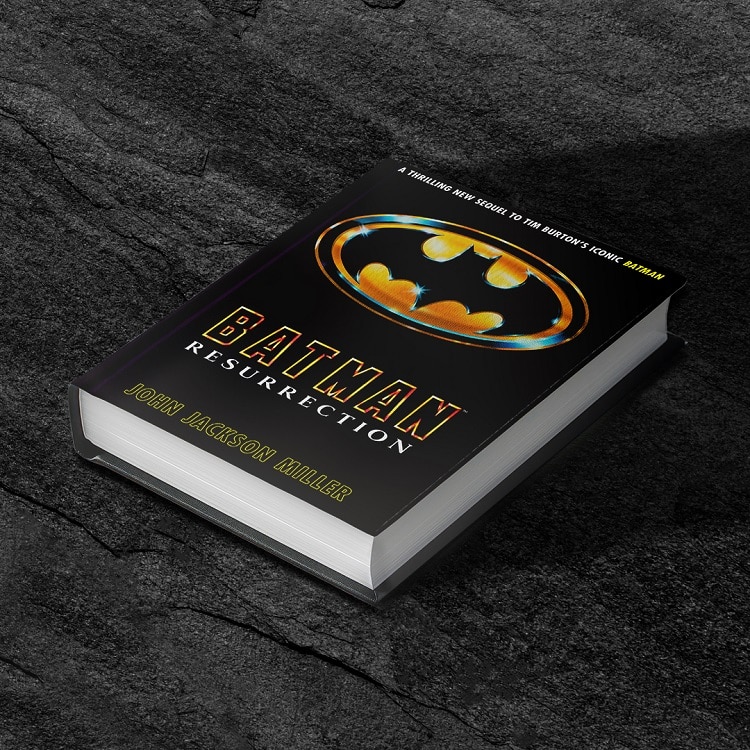
DrWhoDidle asks:
Is the recent Batman novel, Batman: Resurrection, canon to all incarnations of the Burton universe or to a specific one? I understand it takes place before Batman Returns, but is it canon to the world of the Batman ’89 comic, the Schumacher films and The Flash’s incarnation of Keaton or is it its own contained setting?
Okay, there are about 24 different tangential questions wrapped up in this one, so I’ll try to be as clear as possible. For help, I turned to John Jackson Miller, author of Batman: Resurrection, for his input.
Batman: Resurrection was very much written to be compliant with the Batman ‘89 and Batman ‘89: Echoes comics, both series set after Batman Returns where Resurrection is set before. This can be extrapolated in text from appearances checking in with an incarnation of Barbara Gordon congruent with her appearances to come chronologically in Batman ‘89, as well as a brief check-in with Batman ‘89 original character Drake Winston. For those who have read both Resurrection and Echoes, there is the outstanding riddle of one particular character who appears to be a discrepancy between these works. Rest assured that as the “Burtonverse” continues to expand, this will be explained.
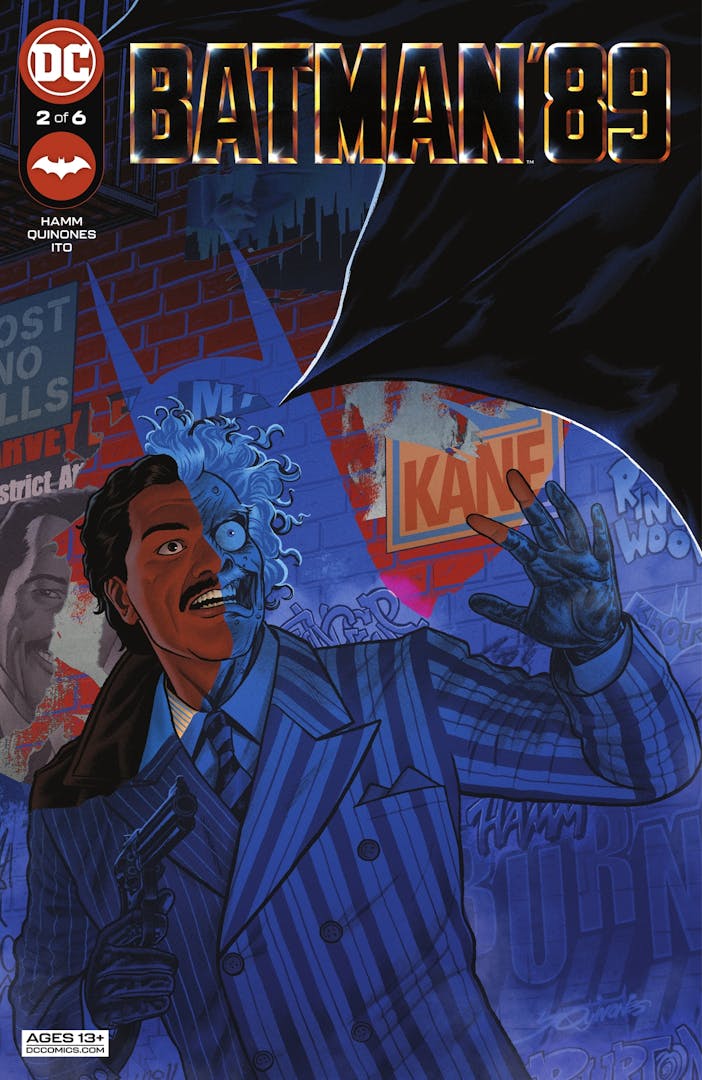
The Schumacher movies are not canonically connected to the developing world of the Burton Batman at all, and perhaps they never have been. This is most readily evident in the appearance of Harvey Dent, who was always a very different character between Burton’s Batman and Schumacher’s Batman Forever—a line even more clearly demarcated by the transformation of Billy Dee Williams’ incarnation of Dent in Burton’s Batman into a Two-Face for the Batman ‘89 comic, now irreconcilable with the one we would know in Forever.
As for The Flash, Keaton’s Bruce Wayne explains that particular bowl of spaghetti right to us in the movie. The messed-up timeline we see in that film isn’t the future of the Burtonverse as we’ve ever known it, but a radically different one with mashed up, incongruous elements twisted together by Barry Allen’s mucking about with the timeline. It’s its own reality, and the old, forgotten Bruce we see in that film may never come to pass as the future of the Bruce Wayne currently active in the Burton-based novels and comics.
So in summary, the John Jackson Miller Batman novels and the Sam Hamm Batman ‘89 comics are written to fit specifically into the timeline of the two Tim Burton Batman movies, but the Schumacher Batman movies and the 2023 Flash movie were not. As such, the recent novels and comics weren’t designed to be compliant with them.
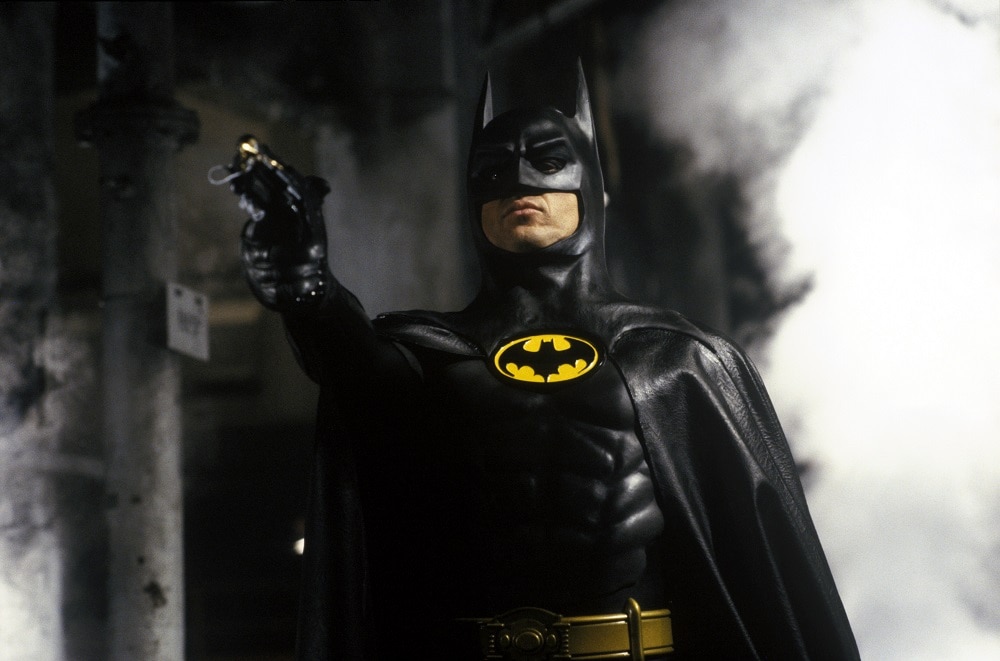
But before you go, I’ll add one more tantalizing wrinkle to this tapestry for you. According to Barry Allen’s chart of the Multiverse in 2022’s Dark Crisis: Big Bang, Burton’s Batman takes place on Earth-789…and so does Richard Donner’s Superman.
And that wraps up our first column of the year. You better believe I’ll be back next month. Unless they stop me. You know who they are. Until then, you know where to go if you ever feel the need to ASK…THE QUESTION.
Alex Jaffe is the author of our monthly "Ask the Question" column and writes about TV, movies, comics and superhero history for DC.com. Follow him on Bluesky at @AlexJaffe and find him in the DC Official Discord server as HubCityQuestion.
NOTE: The views and opinions expressed in this feature are solely those of Alex Jaffe and do not necessarily reflect those of DC or Warner Bros. Discovery, nor should they be read as confirmation or denial of future DC plans.

